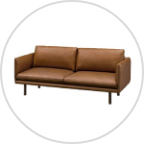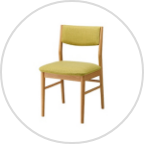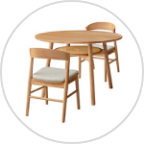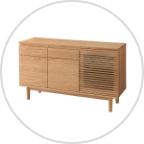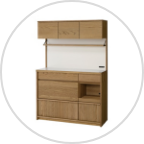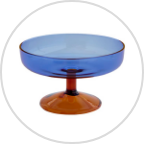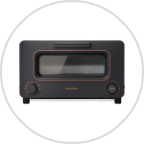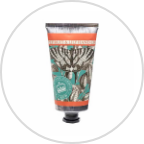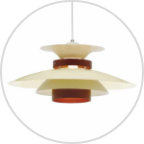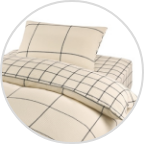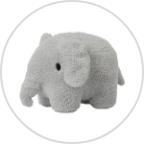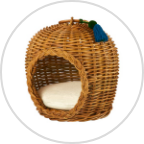

-
ALL ABOUT LIGHT
Lighting First Guide
-
Not only the design of the light itself,
Depending on the intensity of light, color, and combination of light
The atmosphere of the room will change greatly.
It suits the purpose of the room and the way of life
Choose the light of your choice.
Types and features of lighting
-
- Ceiling Lights

- Space-saving type that can be mounted on the ceiling. It delivers light to the entire room from a high position.
- List of ceiling lights
-
- Pendant Lights

- Hanging type that is often used in dining rooms. Since the impression of light can be changed by height, it can also be used as indirect lighting.
- To the list of pendant lights
-
- Floor Lights

- Free-standing type that can be laid out freely. It can be used in various scenes, such as corners and wall surfaces.
- To the list of floor lights
-
- Desk Lights

- A small type that can change the direction of the shade. This is useful when you want to illuminate your hand with a spot.
-
- Table Lights

- A small type that can be placed on furniture or by the bedside. It is easy to move and comes in handy when you want to add brightness.
POINT: Approximate brightness according to the size of the room
The brightness required varies depending on the purpose and scene, but as a guideline, it is said to be about 40W per tatami mat. If you keep this guideline in mind, it will be easy to choose a light for your room, as long as you keep this guideline in mind, such as 40W×8 = 320W if the size of the room is 8 tatami mats, and 40 W × 10 = 400 W for 10 tatami mats. Also, instead of using one light to fill all the brightness, you can combine multiple lights to create a wonderful room with a sense of rhythm between light and shadow.
| 4.5 tatami mats (7㎡) |
6 tatami mats (10㎡) |
8 tatami mats (13㎡) |
10 tatami mats (17㎡) |
|
|---|---|---|---|---|
| Total (wattage) | 60-180W | 100-240W | 240-320W | 320-400W |
-
- [In the case of 8 tatami mats in the living room] 320W with 3 lights

-
- [In the case of 10 tatami mats in the living room] 360W with 2 lights

Lighting tips
-
- Making the center

- In rooms where people gather, such as the living room and dining room, place the center of gravity of the light on the table. You can create a sense of center that naturally makes you want to gather there.

-
- Illuminate corners and walls

- By brightening the line of sight and the wall surface, you can create a space that expands. In addition, the walls are brightly lit, so you can feel that they are brighter than the actual lighting.

-
- Lowering the center of gravity of light

- If you place the light in a low position so that the feet and floor surface are bright, you will create a sense of relaxation in the space. Recommended for living rooms and bedrooms where you want to relax and relax.

About Mounting
-
- Checking the wiring fixtures
- Lights that are hung from the ceiling can be installed as long as one of the wiring fixtures is attached. Since it has the same shape as general ceiling lighting, it can be installed as it is in most cases. * If the "hook sealing" is not attached, electrical work is required.

-
- How to choose a bulb
- Bulbs can be replaced with basically any bulb (incandescent, fluorescent, LED). When purchasing a new light bulb, check the following points such as size and brightness. *Please choose the same size of the mouthpiece. Choose one with the same wattage as the specified bulb or less. Please note that using more than the specified wattage may cause damage or malfunction. * Please check if the size of the bulb is the size that fits in the product. We recommend the same shape as the bulb in the package. *If you are using an LED bulb for lighting with a dimming function (brightness can be adjusted with a remote control, etc.), please select a dimmer-compatible bulb.
-
- The name of each part of the bulb
- The beak refers to the part where the light bulb and socket are fitted. The most common shape of the base is "screw-in type = E". In addition, there are various shapes depending on the bulb, such as "insertion type = G" used in fluorescent tubes. The number that follows the alphabet represents the size of the base.


